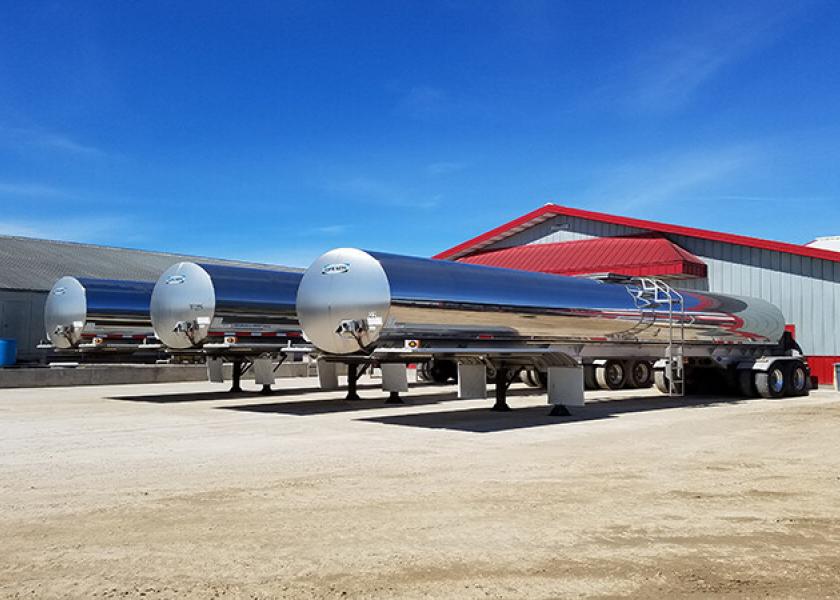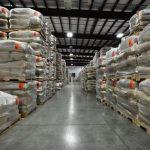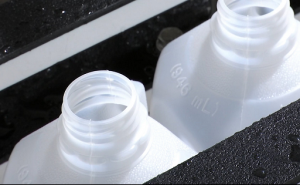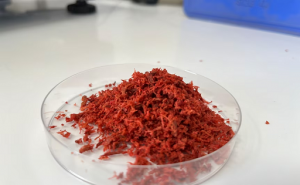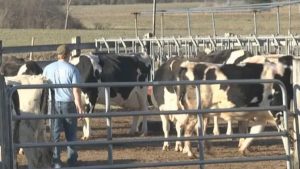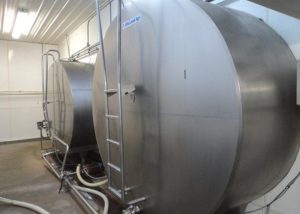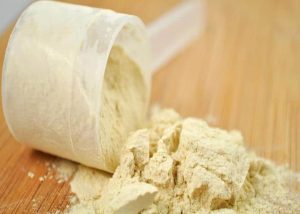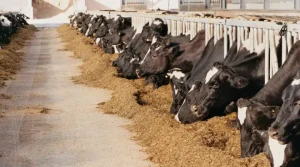
Dairy producers across the country are feeling the pain of miserable margins, but some are hurting more than others. Those in Class III markets will feel the brunt of some of the lowest Class III prices in years, and while relief is coming in the form of lower feed prices for all producers, a drop in costs won’t be enough to offset their declining milk checks.
“Although dairy economics are poor across the country, the gravity of the situation changes markedly from region to region,” said Monica Ganley, analyst with the Daily Dairy Report and principal of Quarterra, an agricultural consulting firm in Buenos Aires. “As cheese and whey prices have buckled under the pressure of strong output and weak exports, producers who are highly dependent on Class III prices are generally faring worse than their counterparts.”
Surplus milk supplies in the central part of the country have been pressuring the price paid for raw milk lower. Spot loads have been selling for discounts of at least $10/cwt. under the Class III price since December 2022, Ganley said. However, scorching and often record-breaking temperatures have started to shift markets in the southern part of the central United States as high temperatures and new capacity have tightened supplies.
Last week, the August Class III futures contract settled as low as $14.82/cwt., and the futures market was predicting prices below $18/cwt. for the balance of the year. Strong butter prices have been supporting Class IV futures at a higher level, but second-half Class IV contracts also languished below $18/cwt. for most of last week. On July 12, Class III futures were predicting a second-half average of $16.01 and a Class IV average of $17.78.
In its August forecast, USDA incorporated the pessimistic market tone into its annual price outlook, Ganley noted, shaving 40 cents off the 2023 All-Milk price forecast of $19.55/cwt. Apparently, Ganley noted that USDA is expecting the price pessimism to persist because it also decreased its 2024 All-Milk price forecast by 55¢ to $19.10/cwt. May’s income-over-feed-cost calculation for USDA’s Dairy Margin Coverage program fell one dollar from April’s level to $4.83/cwt., and was the lowest margin since the program began ed in 2019, she added.
“Lower milk prices are decimating producer profitability as feed prices and other operating costs remain stubbornly high,” Ganley said. “Increased dairy slaughter has played a major role in reducing supplies and will likely continue to be a key lever that producers will use to rationalize production in coming months.”
In fact, some dairy producers have been selling their herds, while others have been culling low-end cows. In the first half of the year, dairy cow slaughter climbed 5.8% as producers sent 88,700 more cows to slaughter then they did in the first half of 2022. But in recent weeks, culling has really picked up, Ganley noted. For the week ending July 1, 59,300 dairy cows were slaughtered, a 14.5% increase compared to the same week last year. Culling that week was just 200 head behind 2009 levels, and year-over-year increases in dairy slaughter were highest in the Upper Midwest and the Southwest. A shrinking national herd will be key to bringing supplies back in line with demand, she said, but many market stakeholders caution that it could take a while to see the impact in markets.
“Producers governed by base programs could capitalize on the opportunity to buy base from producers leaving the industry, and that would slow the impact,” she said. “In addition, many producers are likely to receive financial support from insurance or risk management programs, which will help stem the pain of lower prices. Despite these mitigations, the market is clearly insisting that producers reduce output, and it will likely be only a matter of time before this comes to fruition.”
